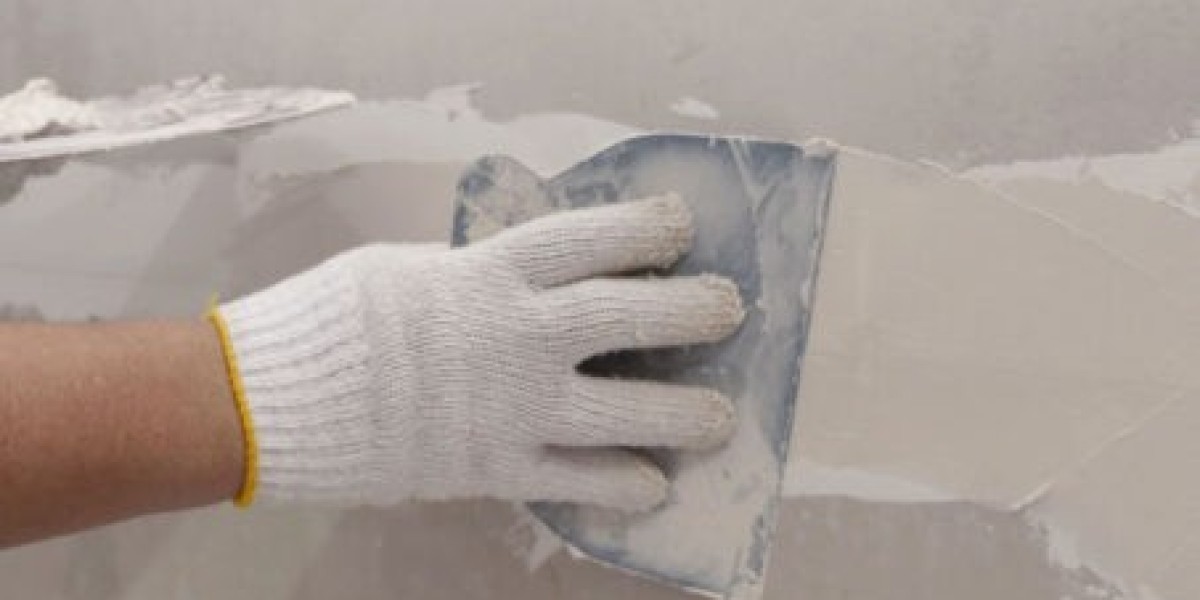Crack bonding is a widely used technique in construction and civil engineering to restore the integrity of structures by sealing and reinforcing cracks. It plays a crucial role in preventing further damage, extending the lifespan of structures, and maintaining safety. This article provides an in-depth understanding of crack bonding, its applications, materials involved, and the benefits it offers. Whether you are dealing with concrete, masonry, or other building materials, crack bonding ensures a reliable solution for structural repair and maintenance.
Cracks in structures are a common issue caused by various factors, including thermal expansion, shrinkage, foundation movement, seismic activity, and environmental conditions. Left untreated, these cracks can compromise the strength and durability of a building. Crack bonding addresses this problem by filling and sealing the gaps, ensuring the cracks do not propagate further. It is an essential maintenance technique, especially in structures exposed to heavy loads or environmental stress.
Materials Used for Crack Bonding
The success of crack bonding largely depends on the materials used for the process. The most common bonding materials include epoxy resins, polyurethane, and other specialised adhesives designed to penetrate deep into cracks and restore structural integrity.
Epoxy Resins:
Epoxy is the most popular choice for crack bonding due to its exceptional strength and chemical resistance. It adheres well to a variety of surfaces, including concrete and metal, making it ideal for critical repairs in bridges, buildings, and industrial facilities.
Polyurethane Resins:
Polyurethane offers flexibility and is often used for structures exposed to thermal expansion and contraction. It is effective in filling larger cracks and joints, providing a seal that can accommodate slight movements without breaking.
Acrylic and Hybrid Adhesives:
These materials provide quick-setting solutions suitable for less critical repairs. They are often used in conjunction with epoxy or polyurethane to enhance the bonding process, ensuring a durable finish.
Applications of Crack Bonding
Crack bonding has a wide range of applications across various industries. In civil engineering, it is used for repairing cracks in concrete bridges, tunnels, and highways. In residential and commercial buildings, crack bonding is employed to fix cracks in walls, ceilings, and floors, preventing further deterioration.
In the industrial sector, crack bonding plays a crucial role in maintaining machinery foundations, ensuring they remain stable under heavy loads. The technique is also widely used in the restoration of historic structures, where preserving the original appearance while maintaining structural integrity is essential.
In addition to structural repair, crack bonding is used to improve the durability of flooring systems. Epoxy-based crack bonding solutions are applied to concrete floors in factories, warehouses, and car parks to prevent wear and tear from constant use. Crack bonding also finds application in water tanks and reservoirs, where it ensures watertight seals, preventing leaks and contamination.
Benefits of Crack Bonding
The use of crack bonding offers several advantages for both structural integrity and aesthetics. One of the primary benefits is the prevention of further damage. By filling cracks, the technique stops moisture and chemicals from penetrating the structure, which could lead to corrosion or deterioration over time. This is particularly important in concrete structures, where water ingress can cause rebar corrosion and spalling.
Crack bonding also helps extend the lifespan of buildings and infrastructure. Timely repairs reduce the need for costly replacements and minimise downtime, especially in critical structures like bridges and highways. Additionally, the technique improves the appearance of buildings, enhancing their value and ensuring they remain in compliance with safety standards.
Crack Bonding vs Other Repair Techniques
When comparing crack bonding with other repair methods, it stands out as a versatile and effective solution. Unlike surface patching, which only addresses the visible parts of the crack, crack bonding penetrates deep into the structure, providing a long-lasting solution. It also offers better performance than grouting, which may not bond well with certain surfaces and is prone to shrinkage over time.
In cases where cracks are caused by structural movement, crack bonding provides the flexibility needed to accommodate minor shifts. This makes it a preferred choice for repairs in areas with fluctuating temperatures or seismic activity. Additionally, crack bonding is less invasive than other methods, allowing repairs to be carried out without extensive demolition or disruption to the surrounding area.
How to Perform Crack Bonding
Crack bonding requires careful preparation and execution to ensure effective results. The process begins with cleaning the crack and surrounding area to remove dust, dirt, and loose debris. This ensures proper adhesion of the bonding material. In some cases, the crack may need to be widened slightly to allow the adhesive to penetrate deep into the structure.
Once the surface is prepared, the bonding material is injected into the crack using specialised equipment. Epoxy or polyurethane is typically injected under low pressure to ensure complete filling of the gap. The material is then allowed to cure according to the manufacturer’s instructions, which may take several hours or days, depending on the product used.
After curing, the surface is inspected to ensure the crack is fully sealed. In some cases, a top coat or protective layer may be applied to enhance the durability of the repair. Proper maintenance and periodic inspections are essential to ensure the repaired area remains in good condition over time.
Challenges and Limitations of Crack Bonding
While crack bonding is an effective solution for many structural issues, it does have some limitations. The technique is most suitable for non-moving cracks or areas with minimal movement. In cases where structural movement is expected, additional measures such as flexible joints or reinforcement may be needed to complement the bonding process.
Another challenge is the selection of appropriate bonding materials. The wrong choice of adhesive can lead to poor adhesion or failure over time. Environmental factors such as temperature and humidity can also affect the curing process, requiring careful planning and monitoring during repairs.
In some instances, access to the crack may be difficult, especially in confined spaces or high-rise structures. Specialised equipment and trained personnel are often required to perform crack bonding in such situations, increasing the cost and complexity of the repair.
Conclusion
Crack bonding is an essential technique for maintaining the integrity of structures and preventing further damage. It offers a reliable solution for repairing cracks in concrete, masonry, and other building materials, ensuring buildings and infrastructure remain safe and durable. By using high-quality bonding materials such as epoxy and polyurethane, crack bonding provides long-lasting repairs that enhance both the strength and appearance of structures.
Although the process requires careful preparation and execution, the benefits of crack bonding far outweigh the challenges. It extends the lifespan of buildings, reduces maintenance costs, and prevents the need for extensive repairs or replacements. Whether you are dealing with minor cracks in residential properties or major structural repairs in industrial facilities, crack bonding is a proven method that delivers effective results. With proper maintenance and regular inspections, crack-bonded structures can continue to perform well, providing safety and stability for years to come.










